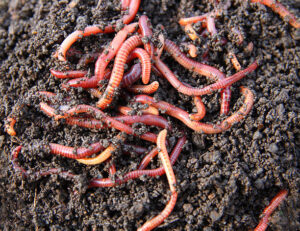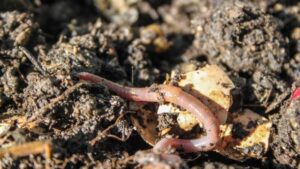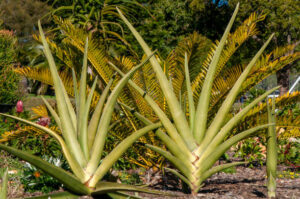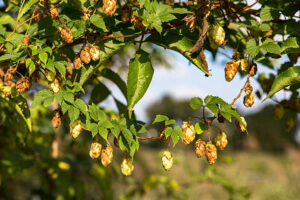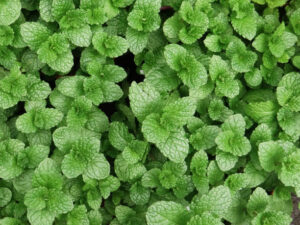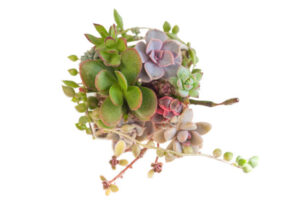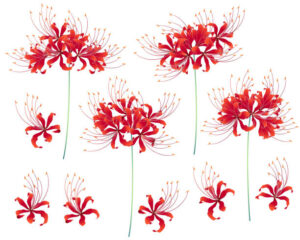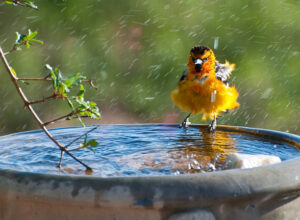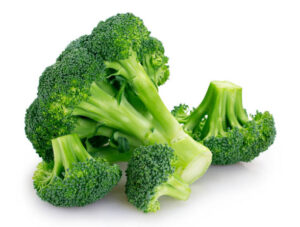Unlocking the Secrets of Succulent Fertilizer
Introduction:
Succulents, with their captivating array of shapes and colors, have become staples in the world of indoor and outdoor gardening. Yet, these hardy plants, renowned for their ability to thrive in arid conditions, benefit from strategic nourishment to reach their full potential. Enter the world of succulent fertilizer – a key to unlocking the secrets of robust, vibrant succulents. In this exploration, we unravel the intricacies of succulent feeding, providing insights that go beyond the ordinary to ensure your succulents flourish with vitality and beauty.
Understanding Succulent Nutritional Needs:
Succulents, with their unique water-storing adaptations, have specific nutritional requirements. While they can survive in nutrient-poor environments, providing them with the right balance of essential elements enhances their overall health and resilience. Key nutrients include nitrogen, phosphorus, potassium, and micronutrients like iron and magnesium.
Choosing the Right Succulent Fertilizer:
Selecting the appropriate fertilizer is pivotal in succulent care. Opt for a balanced, water-soluble fertilizer with an N-P-K (nitrogen, phosphorus, potassium) ratio of 2-4-7 or similar. This balanced formulation supports healthy growth without promoting excessive foliage at the expense of blooms. During the growing season (spring and summer), a diluted, well-balanced fertilizer should be applied every 2-4 weeks, while winter calls for reduced or no fertilization.
The Art of Application:
Applying succulent fertilizer is more than a routine task; it’s a delicate art. Begin by watering your succulents thoroughly a few days before fertilizing to ensure the soil is moist but not waterlogged. Dilute the fertilizer according to package instructions, erring on the side of caution to prevent overfeeding. Apply the solution directly to the soil, avoiding contact with the leaves to prevent potential burns.
The Importance of Timing:
Timing is everything in the succulent fertilizer regimen. Avoid fertilizing newly planted succulents for the first few weeks to allow them to establish roots. Commence fertilization in the growing season when daylight hours increase and succulents enter a phase of active growth. Cease fertilization in late summer to early fall as the days shorten, signaling the approach of dormancy.
Feeding Dormant Succulents:
During the dormant phase, succulents require a different approach. While some growers opt for minimal to no fertilization during this period, others provide a diluted, low-nitrogen fertilizer once every 6-8 weeks. Understanding the natural growth cycles of your succulents allows you to tailor the feeding schedule to their specific needs, promoting resilience and vitality.
Reading the Signs:
Succulents, with their expressive leaves and stems, communicate their nutritional needs through visual cues. Watch for signs of nutrient deficiency or excess, such as yellowing leaves, leggy growth, or leaf drop. Adjust your fertilization routine accordingly, paying attention to the specific requirements of different succulent varieties.
Organic Alternatives:
For those inclined towards organic gardening, several natural alternatives can complement or replace synthetic succulent fertilizers. Compost tea, diluted fish emulsion, or worm castings offer nutrient-rich options that align with organic gardening principles. These alternatives contribute to soil health and microbial activity, fostering a holistic approach to succulent care.
Balancing Act:
Achieving a delicate balance in succulent fertilizer application is paramount. Overfeeding can lead to issues like fertilizer burn, salt buildup, or rapid, weak growth. On the other hand, underfeeding may result in stunted growth and diminished vibrancy. Regularly assess the condition of your succulents, adjusting the feeding regimen as needed to maintain the equilibrium between nourishment and restraint.
Incorporating Micronutrients:
While nitrogen, phosphorus, and potassium take the spotlight, micronutrients play a crucial role in succulent health. Iron, magnesium, zinc, and manganese are among the micronutrients essential for various physiological processes. Some succulent fertilizers come fortified with these micronutrients, ensuring a comprehensive and balanced nutrient profile.
The Role of Water Quality:
The quality of water used for succulent irrigation also influences their nutritional intake. Hard water with high mineral content can contribute to salt buildup in the soil over time. Consider using filtered or distilled water to minimize the risk of excessive salt accumulation, especially in regions with naturally hard water.
Tailoring Fertilization to Soil Types:
Consider the composition of your succulent soil when deciding on a fertilization routine. Well-draining, gritty mixtures benefit from more frequent, diluted applications to replenish nutrients washed away with each watering. In contrast, dense or loamy soils may require less frequent fertilization to prevent nutrient buildup.
Seasonal Adjustments for Outdoor Succulents:
Outdoor succulents experience seasonal changes, and their nutritional needs fluctuate accordingly. During the growing season, from spring to early fall, increase the frequency of fertilization. In winter, when many succulents enter a period of dormancy, reduce or halt fertilization to align with their natural rhythm.
Utilizing Slow-Release Fertilizers:
Slow-release fertilizers provide a steady, gradual supply of nutrients over an extended period. This can be particularly beneficial for those who prefer a low-maintenance approach. Incorporate slow-release granules into the soil during the growing season, ensuring a sustained supply of essential nutrients for your succulents.
Observing Growth Patterns:
Pay attention to the growth patterns of your succulents. Rapid growth may indicate optimal fertilization, while stunted or leggy growth may signal a need for adjustment. By observing these subtle cues, you can fine-tune your fertilization routine to meet the specific requirements of each succulent in your collection.
Fertilizing Newly Acquired Succulents:
When introducing new succulents to your collection, be cautious with fertilization in the initial weeks. Allow them to acclimate to their new environment before starting a regular fertilization regimen. This grace period allows the plants to establish themselves and reduces the risk of stress-related issues.
Foliar Feeding for Quick Absorption:
In addition to soil applications, foliar feeding offers an alternative method of nutrient absorption. Dilute your succulent fertilizer and spray it directly on the leaves, allowing for quick absorption. This method is particularly useful when addressing specific nutrient deficiencies or providing a quick boost during periods of increased growth.
Mulching for Moisture Retention:
Mulching around the base of your succulents serves a dual purpose. Beyond moisture retention and weed suppression, organic mulches break down over time, releasing valuable nutrients into the soil. This natural amendment complements your fertilization efforts, contributing to the overall health of your succulents.
Monitoring pH Levels:
Succulents generally prefer slightly acidic to neutral soil conditions. Periodically monitor the pH levels of your soil, as extreme acidity or alkalinity can impact nutrient availability. Adjusting the pH, if necessary, ensures that your succulents can efficiently absorb the fertilizers you provide.
Customizing Fertilization for Different Succulent Varieties:
Recognize that not all succulents have identical nutritional needs. Tailor your fertilization approach to the specific requirements of different succulent varieties in your collection. Varieties with distinct growth habits, such as rosette-forming or trailing succulents, may benefit from nuanced adjustments to the fertilization routine.
Practicing Consistency:
Consistency is key in succulent care, including fertilization. Establish a routine that aligns with the needs of your plants and your own schedule. Regular, consistent fertilization provides a stable supply of nutrients, promoting steady growth and overall well-being for your succulents.
Conclusion:
In the enchanting realm of succulent care, understanding the nuances of fertilizer application unveils a world where precision meets the art of cultivation. Succulents, with their innate resilience and captivating beauty, thrive when provided with the right balance of essential nutrients. As you embark on the journey of unlocking the secrets of succulent fertilizer, may your green companions flourish with vibrancy, resilience, and a beauty that mirrors the delicate dance between nourishment and restraint. Happy succulent growing!



